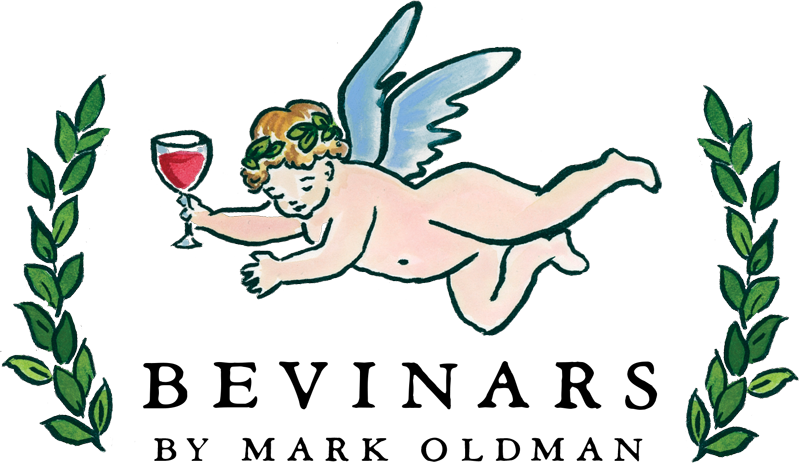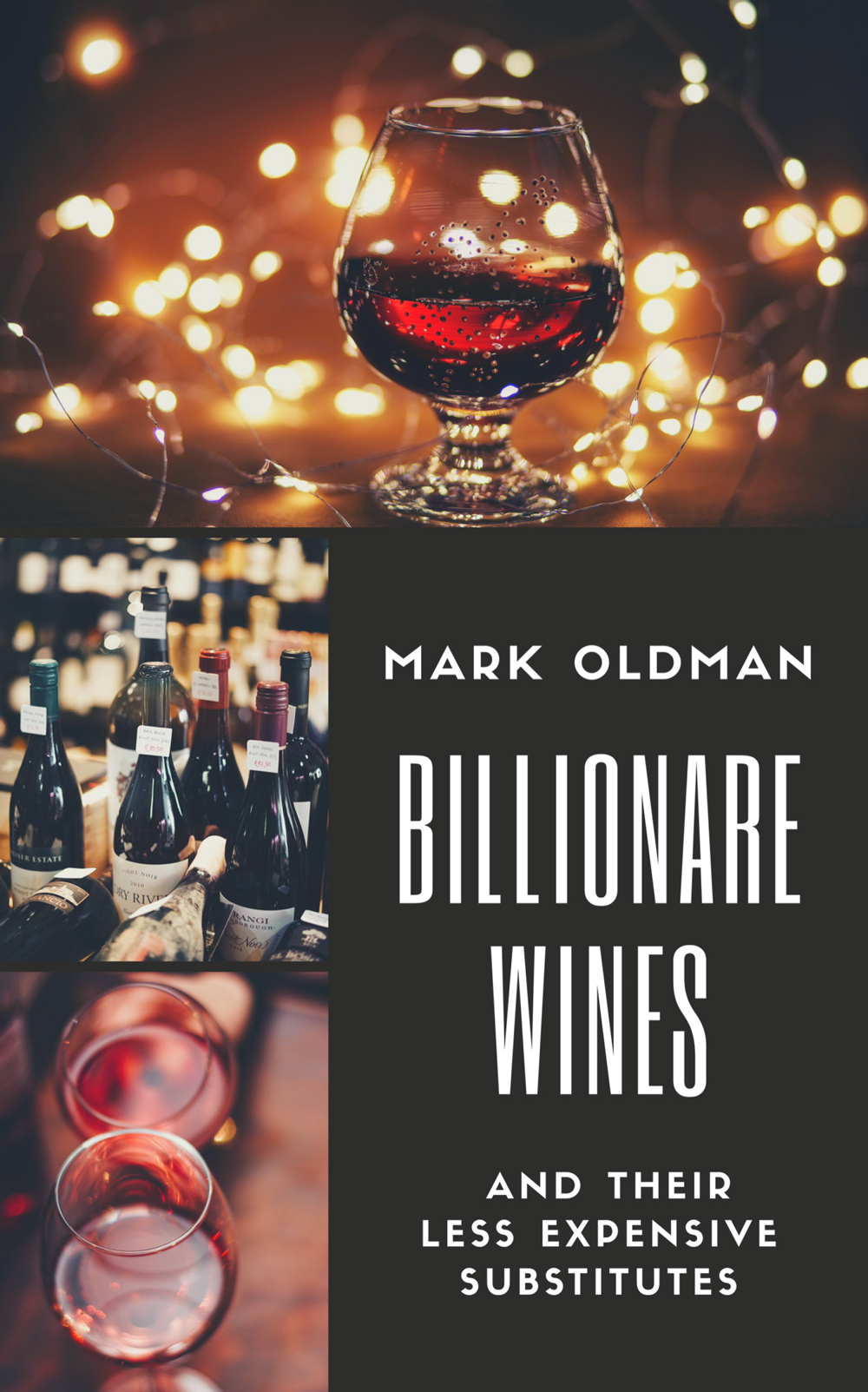Learn Wine and Cheese: Outsmarting the Pairing to Impress Your Palate
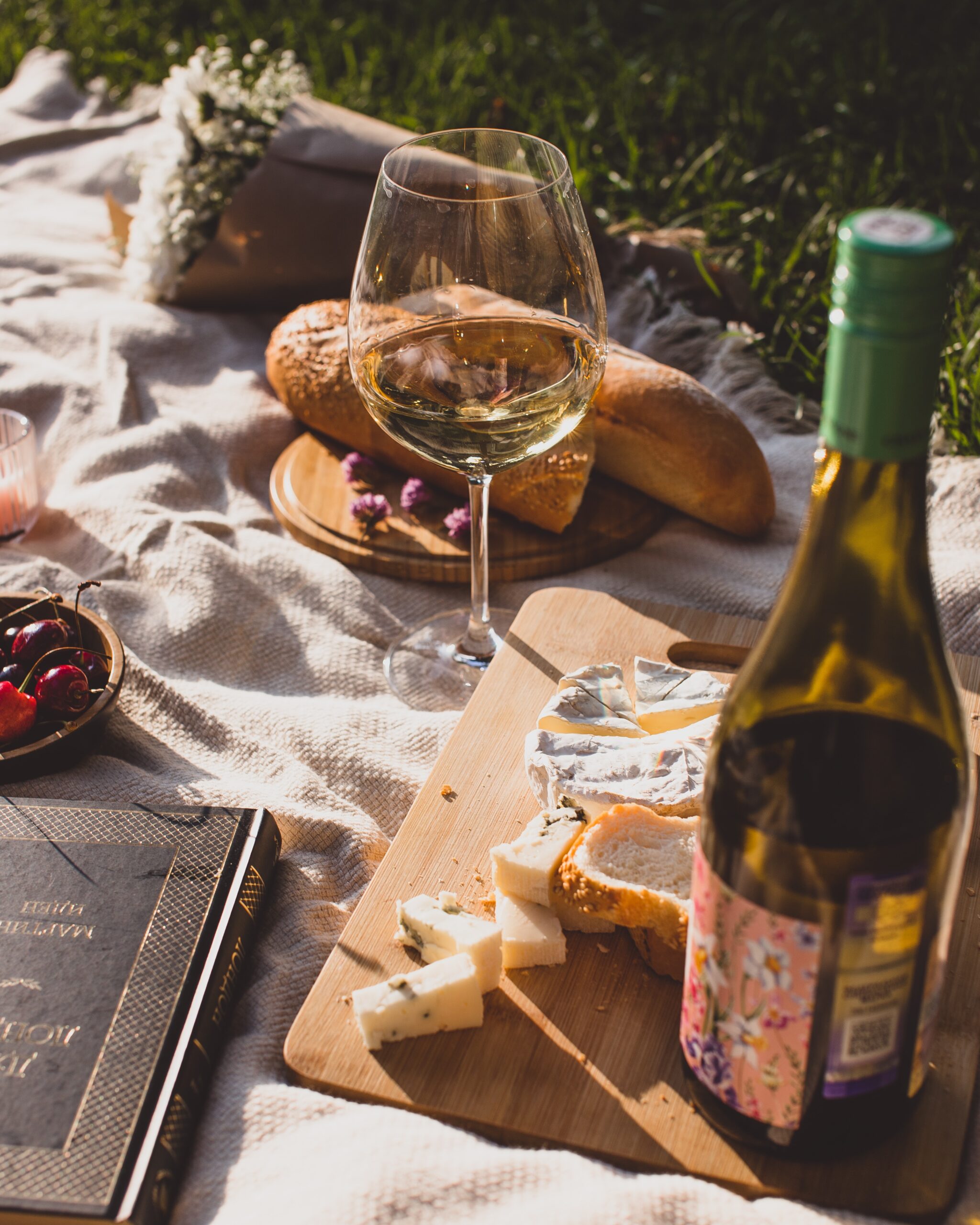
Wine and cheese pairing is a gastronomical art form that has delighted palates for centuries. The harmonious interplay between the flavors and textures of these two beloved indulgences can become not only a source of endless fascination but also an art form. While traditional pairings like red wine with crumbly two-year white cheddar or Sauvignon Blanc with brie are classics, sometimes a cheese and wine pairing you think will treat your taste buds turns out horribly. Here, therefore, we’ll suggests some “hacks” to learn wine and cheese pairing, uncovering creative ways to outsmart wine and cheese. Get ready to embark on a delicious journey of discovery.
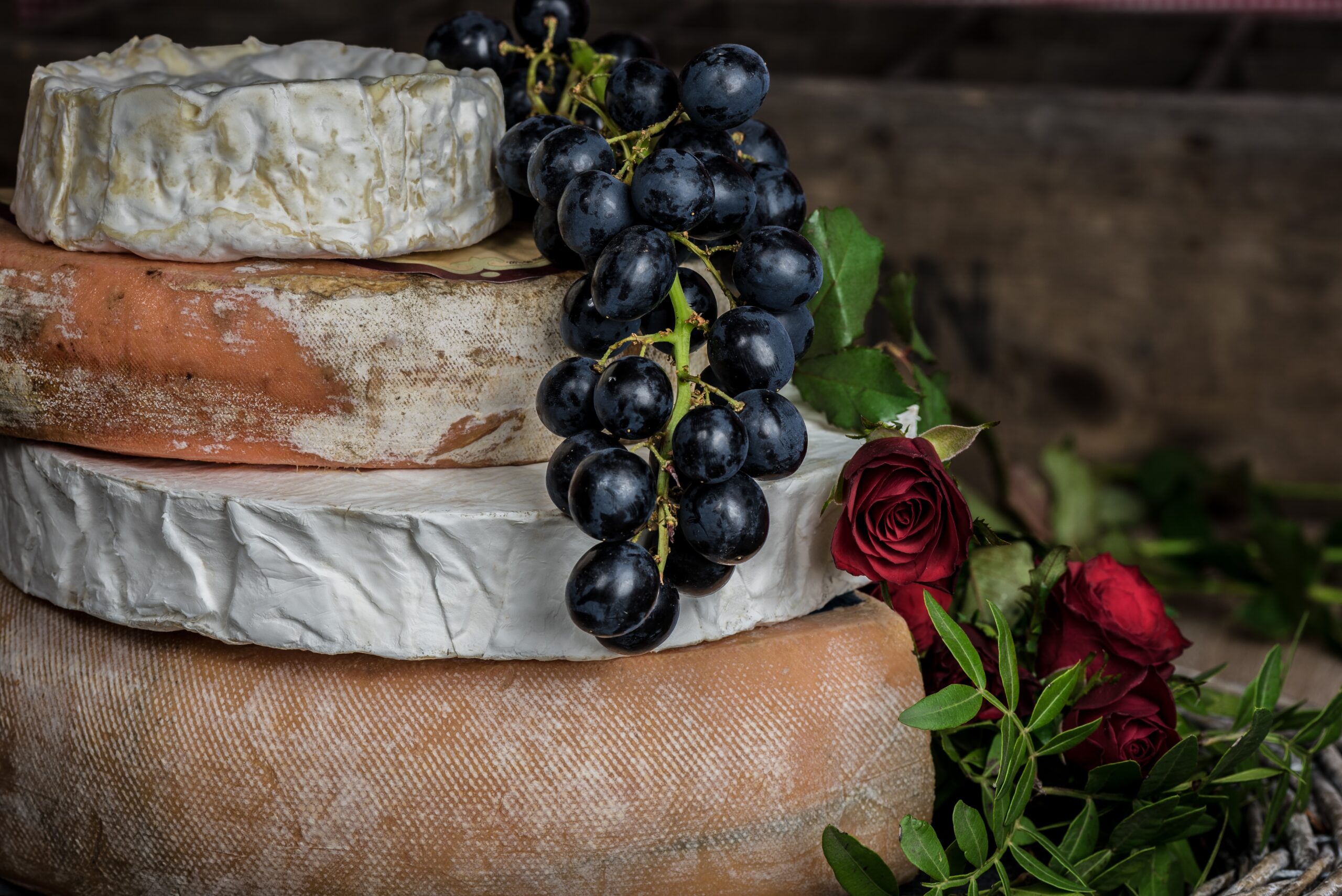
Wine and cheese are ageless companions, like aspirin and aches, or June and the moon, or good people and noble ventures.
M. F. K. Fisher
Thinking Wine and Cheese
First, it’s important to consider the both cheese and wine are agricultural products that, to varying degrees, express terroir. Both depend on the local environment’s microorganisms to develop flavor and character. Milk and grape must, too, express subtle flavor profiles linked to their place of origin. Second, ponder the basics of both: sweetness, acidity, inherent flavors, fattiness (in the case of cheese), and mouthfeel.
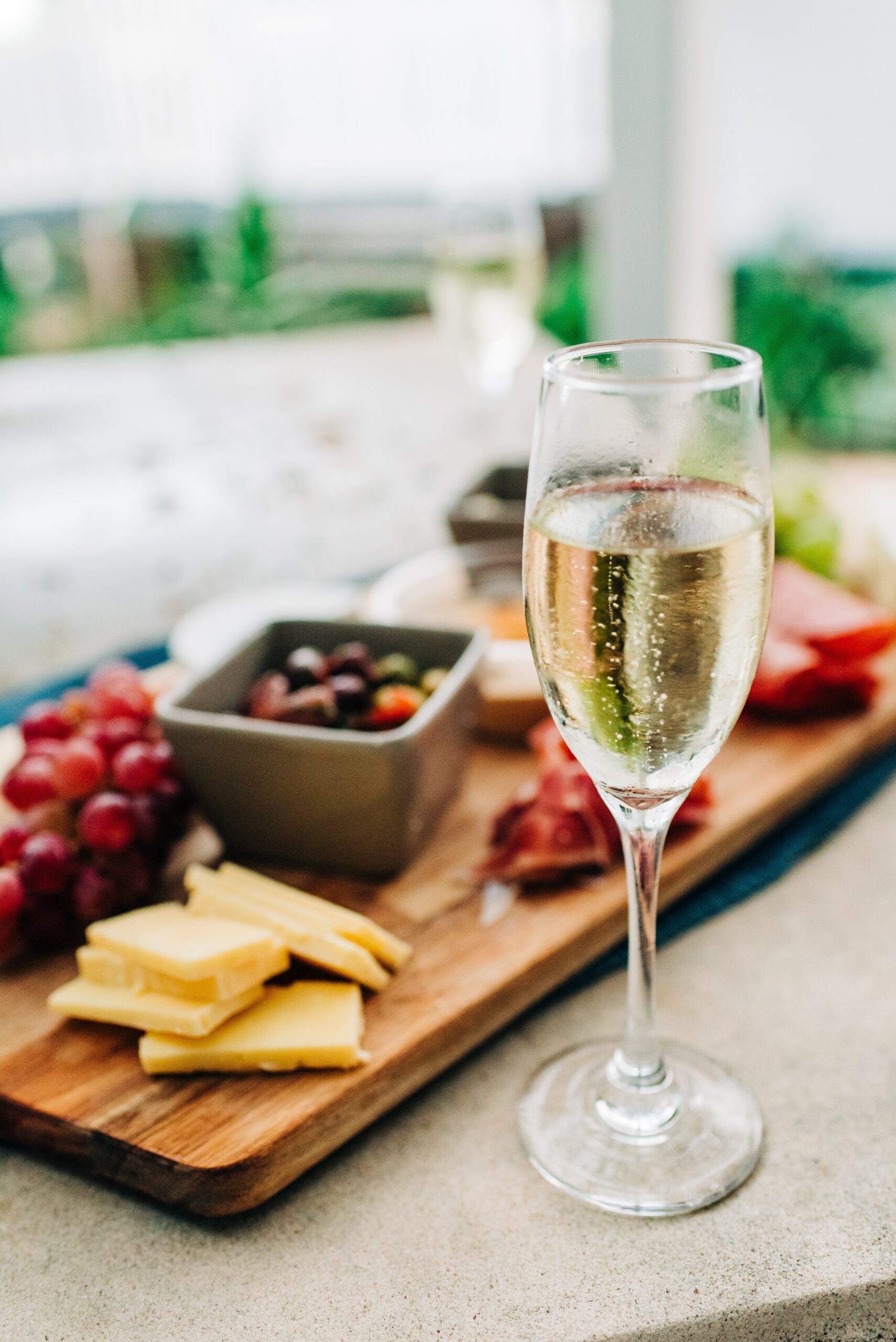
Hacking Wine and Cheese
• Don’t Fear the Power of Contrasts
One of the fundamental principles when you learn wine and cheese pairing is the balance between contrasting flavors. While complementary pairings can be delightful, experimenting with opposing tastes can yield equally satisfying results. For example, pairing a bold, spicy Napa Cabernet Sauvignon with a creamy, mild Sonoma goat cheese creates a fascinating juxtaposition. The wine’s robust tannins cut through the cheese’s creaminess, and the contrast between the wine’s intensity and the cheese’s subtlety elevates both.
• Regional Affinities
One of our favorites: Exploring wines and cheeses from the same region can often lead to harmonious pairings. This also creates great themes for get-togethers with friends; celebrate France’s Loire Valley for instance, or wine and cheese from La Mancha in Spain. Ole! Many winemaking regions have cheese-making traditions that have evolved side by side with winemaking. For instance, the rich, earthy wines of Burgundy in France are superbly complemented by the local Epoisses cheese. Similarly, the tangy Sauvignon Blancs of New Zealand’s Marlborough region harmonize beautifully with fresh, local goat cheeses. By aligning geographical origins, you can discover pairings rooted in tradition and terroir.
• Sweet and Savory
Don’t limit yourself to table wines; consider dessert wines and fortified wines like Sauternes, Port or PX (i.e., Pedro Ximénez) from Jerez. Their sweetness can create delightful contrasts with savory cheeses. Try pairing a nutty, aged Gouda with a rich Tawny Port. The cheese’s saltiness and the wine’s sweetness create a dynamic interplay that awakens the palate. Don’t forget to experiment with blue cheeses and dessert wines, where the sweet and salty combination is nothing short of heavenly.
• Think Texture
Matching the texture of your wine with your cheese is a subtle yet effective strategy. Creamy cheeses like surface-ripened Brie or Camembert pair superbly with wines that have a soft, velvety mouthfeel, such as a California Chardonnay or Bourgogne Pinot Noir. On the other hand, the crystalline crunch of an aged Parmesan finds a harmonious companion in a full-bodied red wine like a Cabernet Sauvignon. Paying attention to the tactile experience of both wine and cheese can lead to balanced pairings that dance on your palate.
• Experiment with Sparkling Wines
Sparkling wines, like Champagne or Spanish Cava, offer incredible versatility when pairing with cheese. This is especially true for higher-end Cavas like Gran Reserva or especially Paraje Calificado have the tertiary flavors that will, alongside cheese, stun you palate (and at a great price). The effervescence and acidity of these wines make them excellent companions for a wide range of cheeses. A crisp, dry Champagne, too, can cut through the richness of triple-cream cheeses like Brillat-Savarin, creating a refreshing and delightful contrast. The bubbles also cleanse the palate, preparing it for the next creamy bite.
• Think Beyond the Classics
While classics like Chardonnay with Brie or Pinot Noir with Gruyère are undoubtedly delicious, don’t be afraid to step out of your comfort zone. Experiment with lesser-known grape varieties and obscure cheese selections. A unique combination might just surprise and delight your taste buds. Consider pairing a fruity Viognier with a nutty Manchego or a spicy Gewürztraminer with a creamy Roquefort. The world of wine and cheese is vast, with endless opportunities for discovery. Never be afraid to ask your local cheese monger for suggestions!
• Seasonal Sensations
Embrace the seasons when selecting your wine and cheese pairings. In the summer, opt for lighter, crisp wines like Sauvignon Blanc or Albariño, and pair them with fresh, young cheeses like chevre or handmade mozzarella. As the weather cools, transition to richer wines such as Cabernet Sauvignon or Syrah, which complement heartier, aged cheeses like cured Manchego or Parmesan. Seasonal produce can also be incorporated, adding a layer of complexity to your pairings. Compose a beautiful cheese plate with at least three selections adorned with edible flower and fresh herbs!
• Temperature Matters
The temperature at which you serve your wine and cheese can significantly impact the pairing experience. Serve white wines slightly chilled, but allow them to warm up a bit in the glass to fully express their flavors. Red wines, on the other hand, benefit from being slightly cooler than room temperature. As for cheese, remove it from the refrigerator about 30 minutes before serving to allow its flavors to fully develop. Ensuring that both wine and cheese are at their ideal serving temperatures will enhance the overall pairing.
• Explore Umami
Umami, often referred to as the “fifth taste,” is characterized by its savory, meaty, and brothy flavors. It can be found in foods like mushrooms, soy sauce, and aged cheeses like Parmesan. Umami-rich cheeses can create exciting pairings with wines that have similar umami characteristics, such as aged reds like Barolo or long-aged Bordeaux reds. When you learn wine and cheese, this pairing highlights the depth and complexity of both, making it a memorable experience. Look for umami in both aged cheeses and mature wines.
• Trust Your Senses
Ultimately, the most important tip for outsmarting wine and cheese pairing is to trust your senses. Wine and cheese are meant to be enjoyed, and personal preferences play a significant role. Don’t be afraid to follow your taste buds and instincts. Experiment, take notes, and savor the journey of discovering new and exciting combinations. Whether you’re hosting a wine and cheese tasting or simply indulging in a quiet evening at home, the adventure of pairing is part of the pleasure.
Relish New Discoveries
When you learn wine and cheese pairing it becomes a delightful art that invites exploration and creativity. By embracing contrasts, considering regional affinities, and experimenting with textures, flavors, and temperatures, you can elevate your pairing game and create unforgettable taste experiences. Don’t forget to trust your senses and relish discovering unique and delectable combinations. Taking a wine class with an expert will greatly aid you on this journey. With these “hacks,”, you’ll be well on your way to outsmarting wine and cheese pairing and impressing your palate and those of your guests. Salut to the wonderful world of wine and cheese, vin et fromage, queso y vino!

